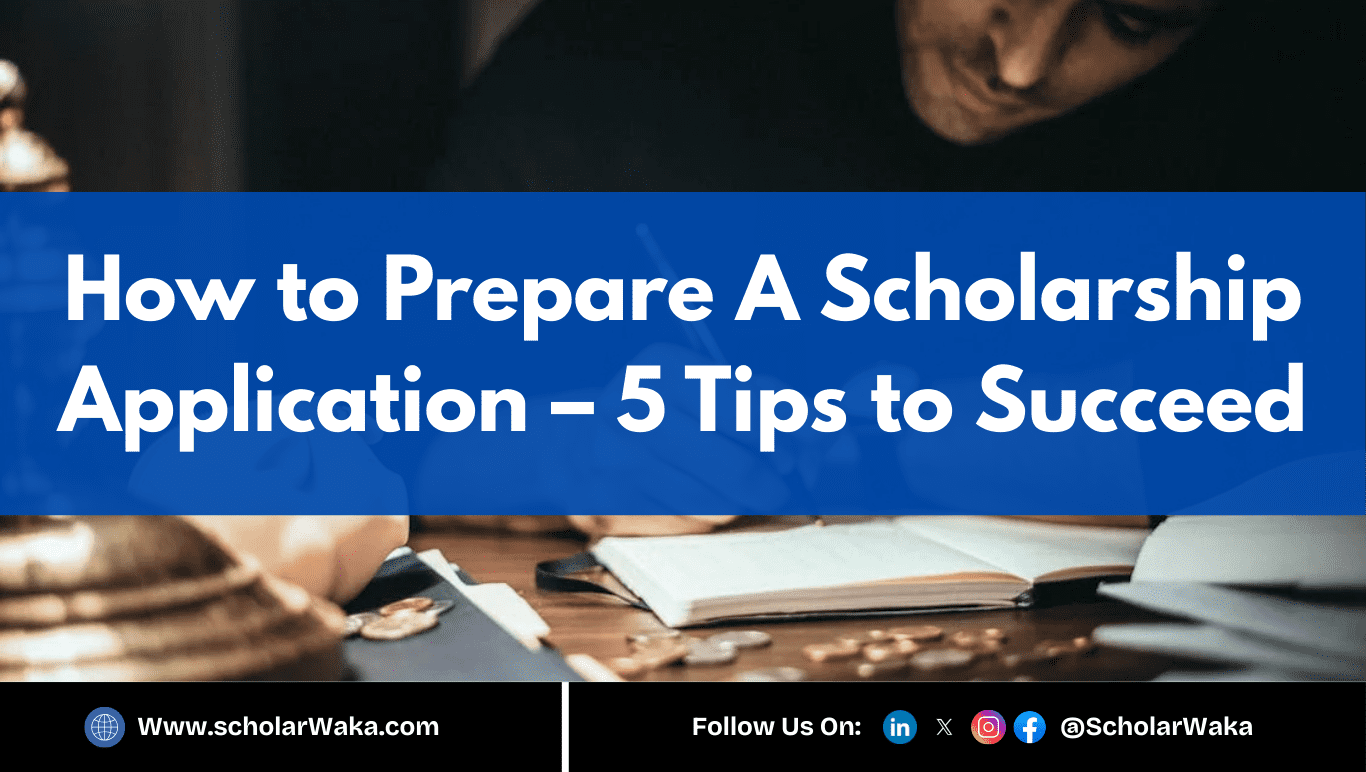How to Write a Winning Grant Proposal: A Step-by-Step Guide for Students and Entrepreneurs

Writing a grant proposal can feel intimidating, especially when you’re trying to figure out how to write a winning grant proposal that truly stands out. You have a strong idea that could make a real impact, but putting it into words that convince others to fund it can be challenging. The truth is, a strong grant proposal is not about using big words or complex budgets; it’s about telling a clear, compelling story that shows why your idea matters and why you’re the right person to make it happen.
Grants are a lifeline for students, entrepreneurs, and researchers who want to bring their ideas to life without worrying about paying back loans. But with many people competing for limited funding, you need to stand out.
In this guide, we’ll walk you through the key steps to help you craft a strong, persuasive, and professional proposal that stands out, even in a competitive selection process.
Scholarship Categories to Explore on ScholarWaka— Here are some key scholarship opportunities you should check out on ScholarWaka:
- Study Abroad: Study in USA | Study in Canada | Study in UK | Study in Europe | Study in Asia | Study in Australia | Study in Africa
- Scholarship Category: Undergraduate Scholarships | Postgraduate Scholarships | Masters Scholarships | PhD Scholarships | Diploma Scholarships | Competitions | High School Scholarships | Internships Scholarships | Training | Fellowships
A Strong Grant Proposal Matters When it Comes to How to Write a Winning Grant Proposal
A well-written grant proposal demonstrates clarity, organisation, and commitment. It reassures the funder that their investment won’t go to waste because you’ve done your research and have a clear plan of action. Even if you don’t win on your first try, mastering how to write one will prepare you for future opportunities and help you communicate your ideas more effectively.
1. Understand the Grant You’re Applying For
Before you even start writing your grant proposal, take time to study the grant guidelines. Each organisation has a purpose; some fund education, others focus on innovation, entrepreneurship, or community development. Read the eligibility requirements carefully, note the deadlines, and pay attention to what kind of projects they support.
2. Start with a Strong Introduction
Your opening section, sometimes referred to as the executive summary, sets the tone for your entire proposal. It should briefly explain what your project is about, the problem it aims to solve, and the change you hope to create. Think of it as your first impression. Ensure to keep it short, clear, and inspiring.
3. Clearly Define the Problem
A convincing proposal starts with a well-defined problem. What challenge are you trying to solve, and why is it important? Use facts, research, or examples to show that the problem is real and pressing. The more specific and relatable your problem statement is, the stronger your proposal becomes.
4. Present a Practical and Impactful Solution
Once you’ve identified the problem, introduce your solution clearly. Break your plan into clear phases or steps. Explain what you plan to do, how you’ll do it, and the results you expect to achieve. A well-written solution shows that you’ve thought through the process carefully.
5. Create a Realistic Budget
Your budget tells how you plan to use the funds. It should be detailed enough to show you’ve done your homework, but simple enough to follow. Ensure your expenses align with your project’s goals, from materials and logistics to personnel and monitoring. Avoid inflated figures; accuracy and transparency build trust.
6. Highlight Your Experience and Capacity
A brilliant idea isn’t enough. Use this section to highlight your background, skills, and team (if you have one). Share previous experiences that show your ability to execute similar projects or manage resources effectively. If you’ve never led a project before, mention mentors, partners, or institutions that will guide you.
7. Review and Polish Your Proposal
Before submitting, go through your proposal carefully. Check for grammar errors, missing details, and unclear points. Make sure your ideas flow logically and that your goals, timeline, and budget align.
8. Submit Early and Stay Professional
Never wait until the last minute to send your application. Submitting early reduces the stress of unexpected technical problems and shows you take the process seriously. Keep copies of everything you submit and note any confirmation emails or tracking numbers.
Here is an easy-to-follow guide for starting your scholarship application and crafting a compelling personal statement:
- How to Prepare A Scholarship Application – 5 Tips to Succeed
- How to Write a Personal Statement for Scholarship | Tips and Free Template
- Tips on How to Win a Scholarship
Confused About Where and How to Start Securing Scholarships Abroad:
- Top 10 LinkedIn Accounts to Follow for Scholarship Opportunities
- Step-by-Step Guide to Securing Scholarships Abroad for Beginners
Start Writing, Start Winning with This Guide on How to Write a Winning Grant Proposal
Writing a winning grant proposal is both an art and a skill, one that improves with practice. The secret lies in clarity, honesty, and purpose. Funders aren’t just giving out money; they’re investing in people and ideas they believe can make a difference. So, write with passion, plan with precision, and present your proposal with confidence.
Whether you’re a student looking to fund a research project or an entrepreneur aiming to scale your business, your next grant proposal could be the one that changes your story.
Don’t hold back, start writing, stay focused, and keep applying until your hard work pays off.
Receive the Latest Scholarship Updates through our Social Media Channels:
- Twitter: @ScholarWaka
- Instagram: @ScholarWaka
- LinkedIn: @ScholarWaka
- Facebook: @ScholarWaka
- YouTube: @Lucy Ikpesu-Ewhubare









